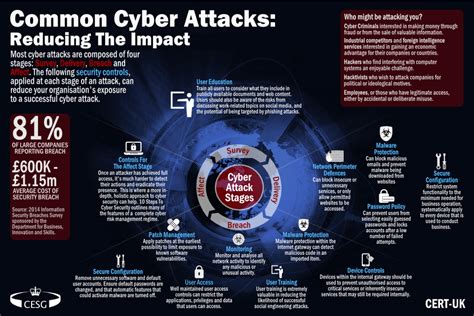Cybersecurity threats are a major concern for businesses and organizations today. With the increasing use of technology, cybercriminals have more opportunities to target companies with malicious attacks. The most common cybersecurity threats faced by businesses and organizations include phishing, malware, ransomware, data breaches, distributed denial-of-service (DDoS) attacks, and social engineering.
Phishing is one of the most common types of cyberattacks. It involves sending emails or messages that appear to be from legitimate sources in order to trick users into providing sensitive information such as passwords or credit card numbers. Malware is another type of attack which can infect computers and networks with malicious software designed to steal data or disrupt operations. Ransomware is a form of malware that encrypts files on a system and demands payment in exchange for unlocking them. Data breaches occur when unauthorized individuals gain access to confidential information stored on a company’s systems. DDoS attacks involve flooding a network with traffic in order to overwhelm it and prevent legitimate users from accessing services. Social engineering is an attack method where attackers manipulate people into revealing confidential information or performing actions that benefit the attacker.
Fortunately, there are steps businesses and organizations can take to mitigate these threats. One of the best ways to protect against phishing attacks is to educate employees about how to recognize suspicious emails and messages. Companies should also implement strong spam filters to block malicious emails before they reach users. To protect against malware, organizations should ensure their systems are up to date with the latest security patches and antivirus software. Additionally, they should regularly back up important data so that if a ransomware attack does occur, they can restore their systems without paying the ransom. For data breaches, companies should invest in robust firewalls and encryption technologies to keep hackers out. Finally, organizations should train their staff on how to identify and respond to social engineering attempts.
By taking proactive measures to address these common cybersecurity threats, businesses and organizations can better protect themselves from malicious attacks.
